This painting, attributed to the 18th-century Emilian School, depicts a biblical scene, characterized by a dramatic narrative structure and a skillful use of chiaroscuro. The composition takes place in a dark, undefined setting, focusing attention on the figures in the foreground, illuminated by a grazing, theatrical light that enhances their volumes and expressions.
At the center of the scene is a female figure, presumably the protagonist, dressed in a pink tunic, her body twisted in an emotionally charged tension. She is held and supported by two male figures on either side, with common features and simple clothing, who seem to be leading or rescuing her from a destiny. The woman's expression suggests a moment of deep affliction, supplication, or surrender.
On the left, in a dominant and disdainful position, stands an authoritative male figure, likely a dignitary or judge, immediately recognizable by his loose, draped robe of intense blue and an oriental-style turban on his head. These elements emphasize his power and exoticism, perhaps identifying a non-Christian figure or a Jewish authority such as a high priest. He is in an oratorical pose, his right arm outstretched in a peremptory or accusatory gesture. His figure is isolated and monumental.
On the right side, in stark contrast to the authority on the left, stands another elderly female figure, wrapped in a white veil and a dark blue cloak, her head bowed in a sign of pain or resignation, her posture expressing passive and profound suffering. Next to her, a bare-chested, robust male figure with his back turned, perhaps a jailer or executioner, with a green cloth wrapped around his hips, accentuates the coercive or punitive nature of the episode.
The masterful use of color, with the contrasts between the earthy tones of the servants and the vibrant blues and pinks of the main figures, together with the plasticity of the figures and the intensity of the expressions, are all elements that hark back to the expressive language and pictorial quality of the 18th-century Emilian School, known for its ability to combine classicist formal rigor with a strong sense of pathos and dramatic realism.
Condition: The painting is in good condition.
We remain at your disposal for further information.


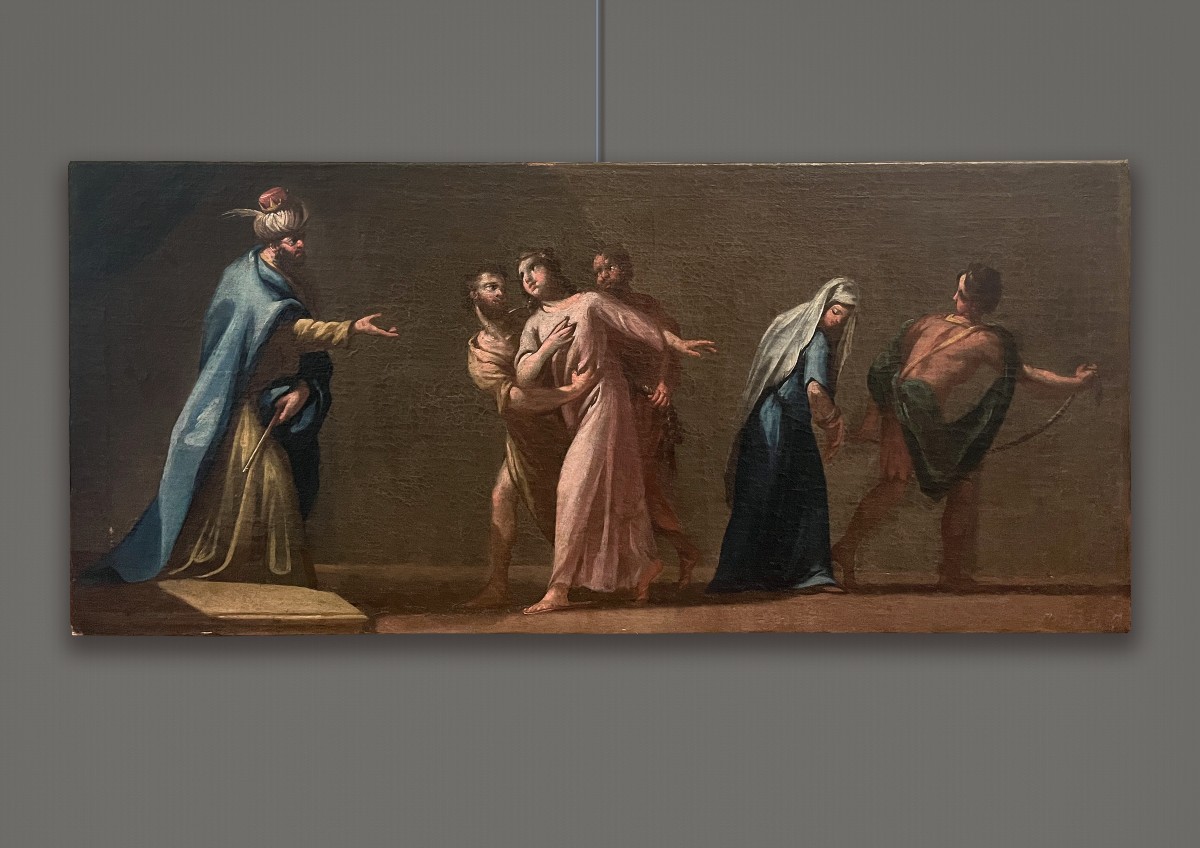
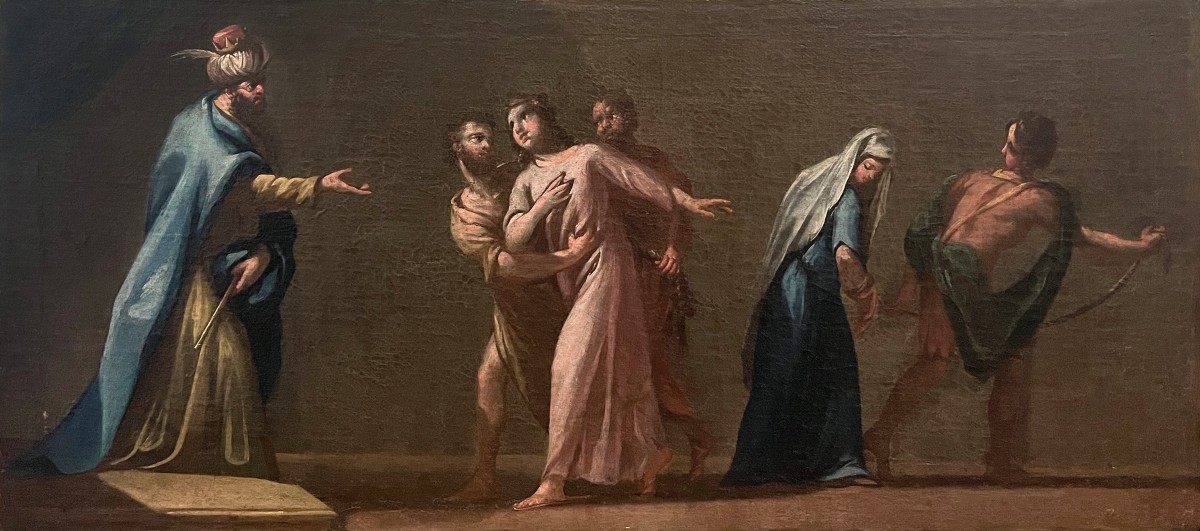
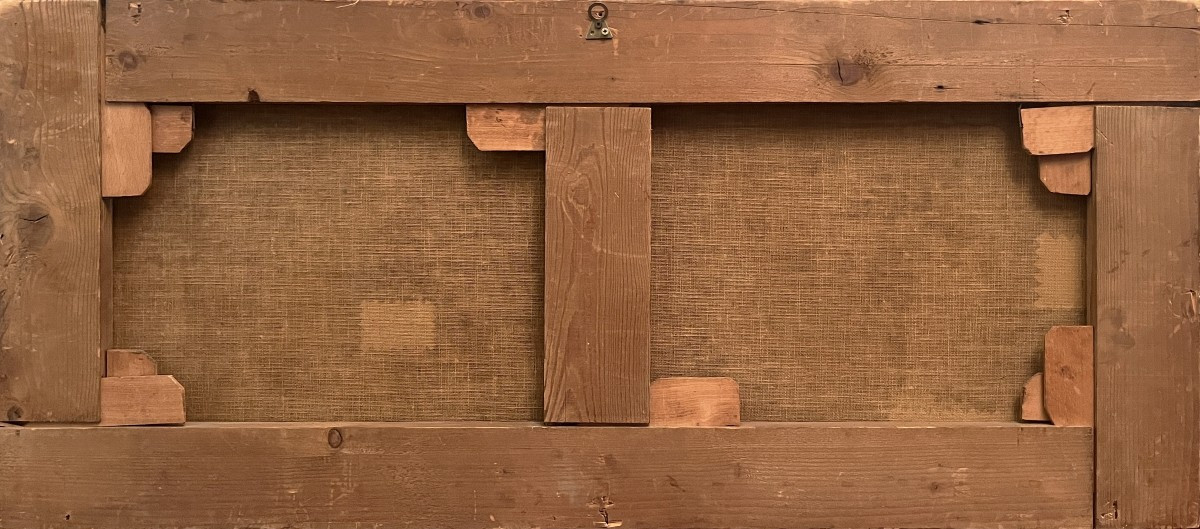
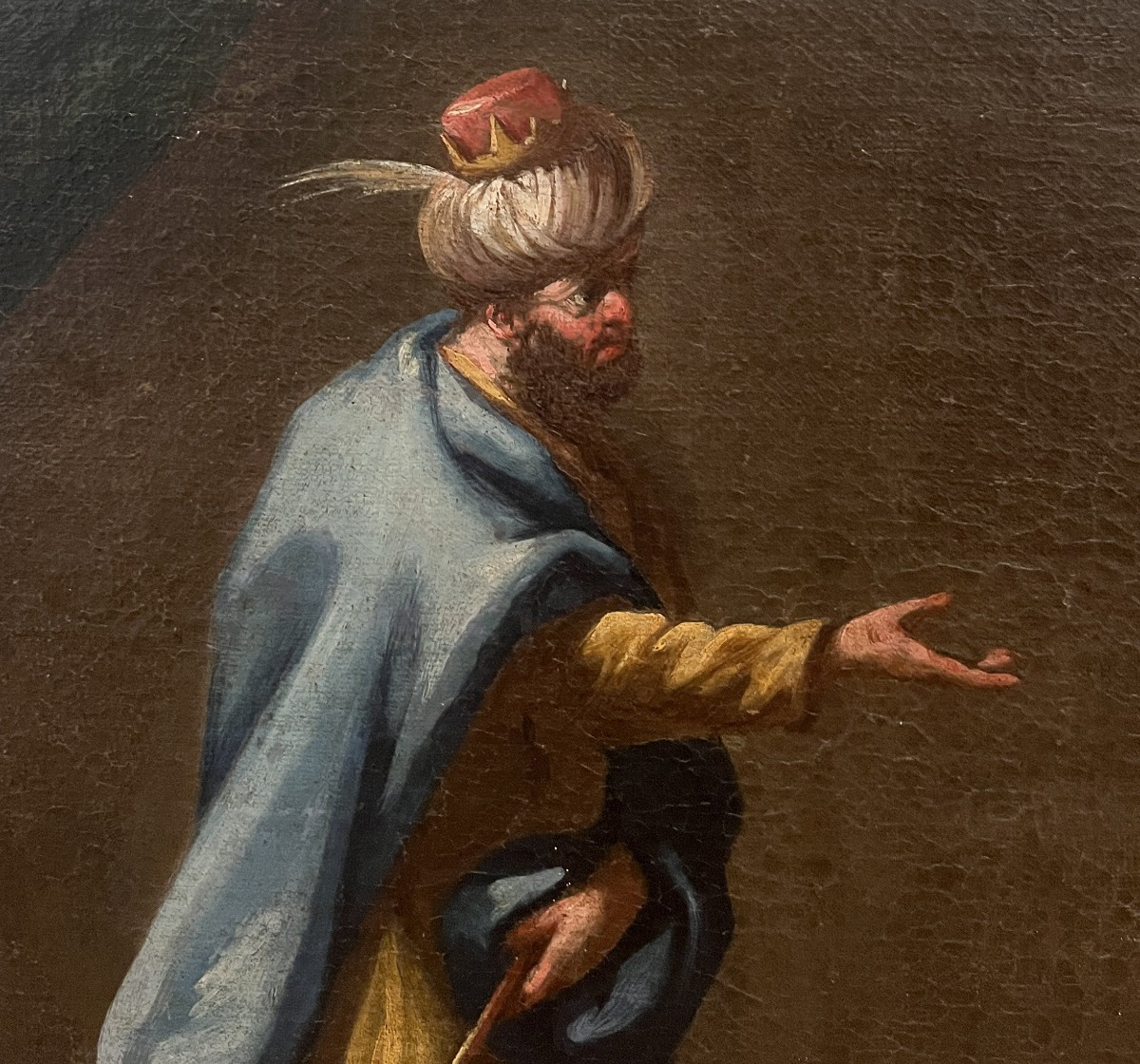

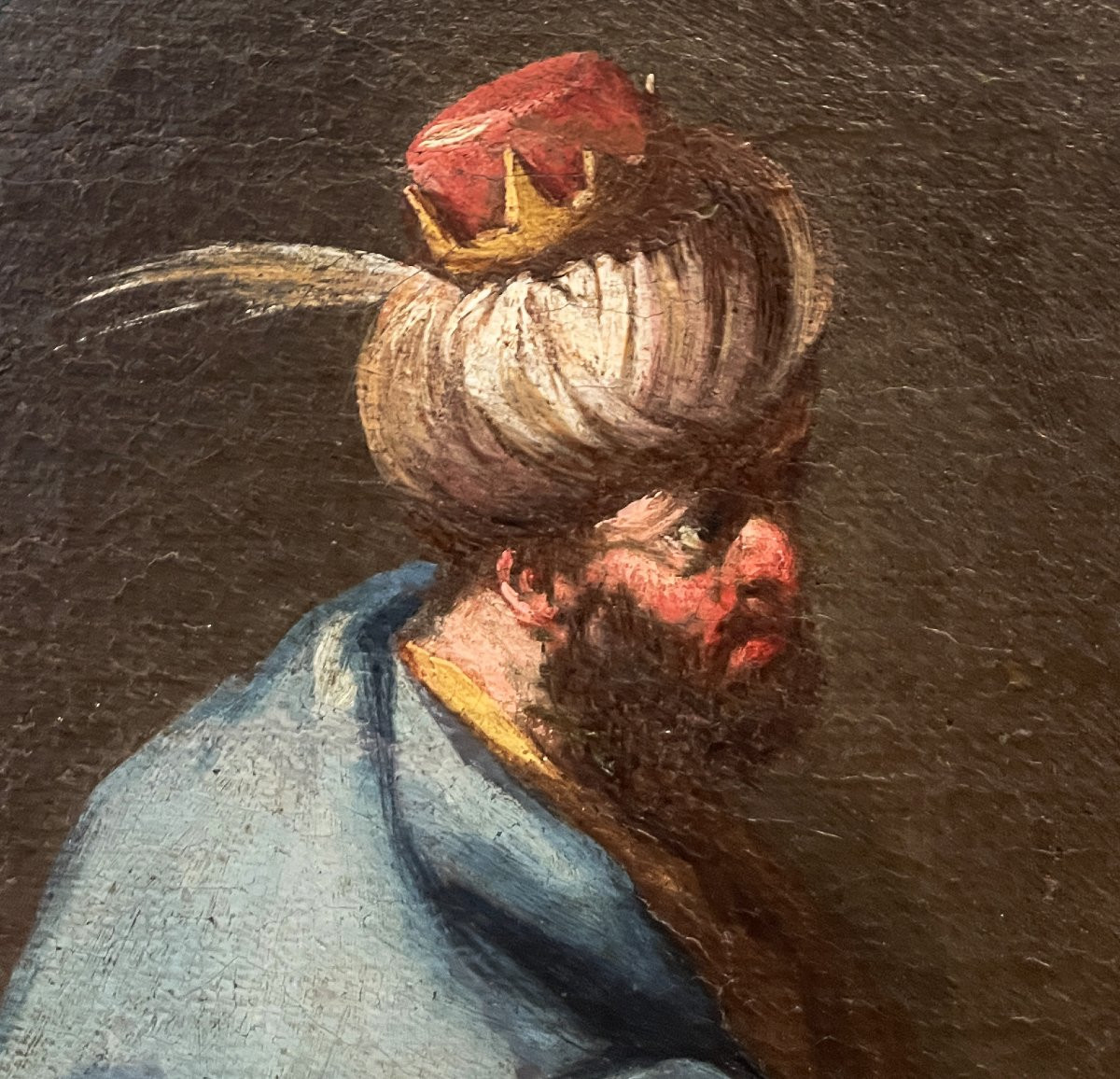

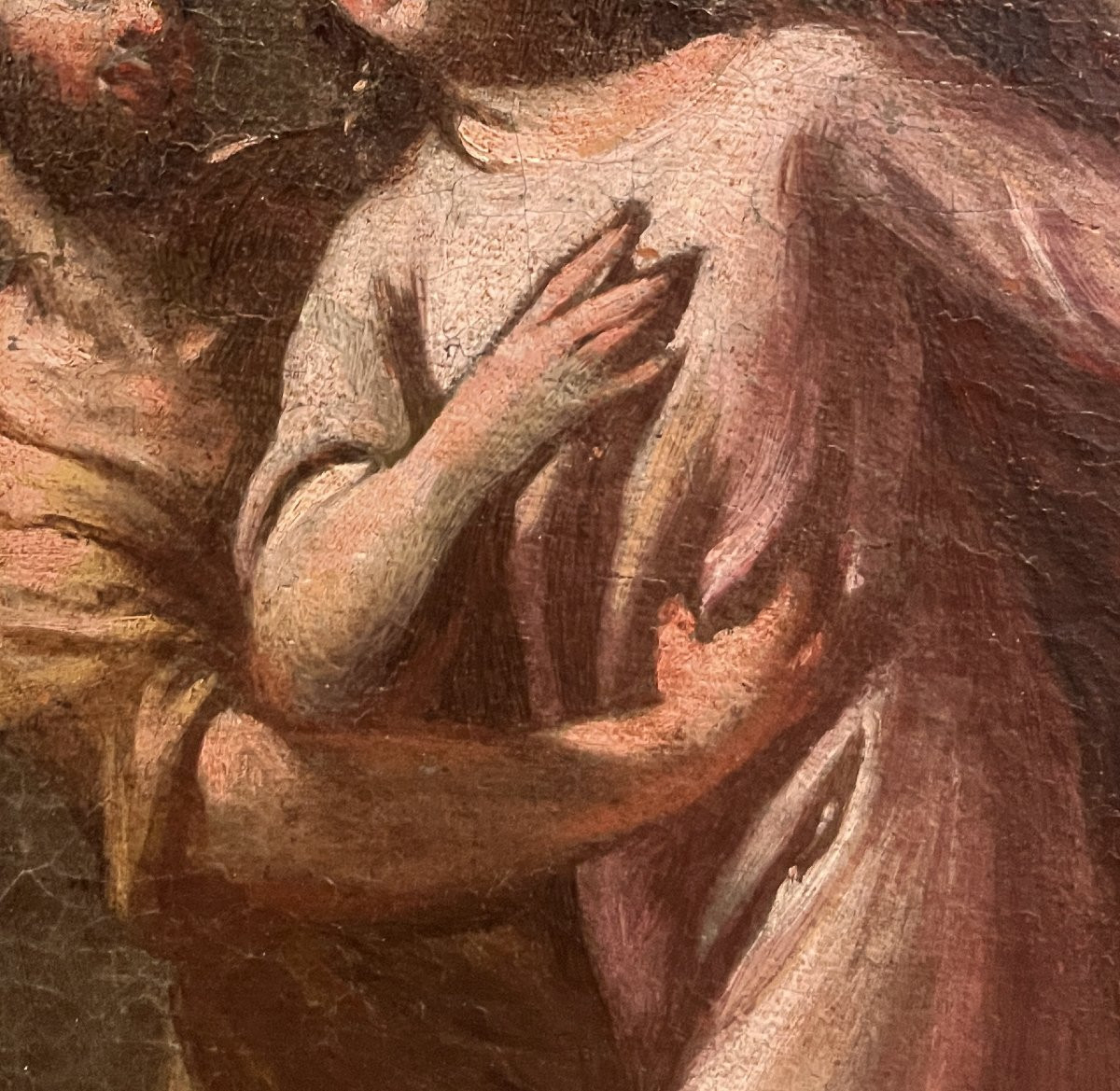
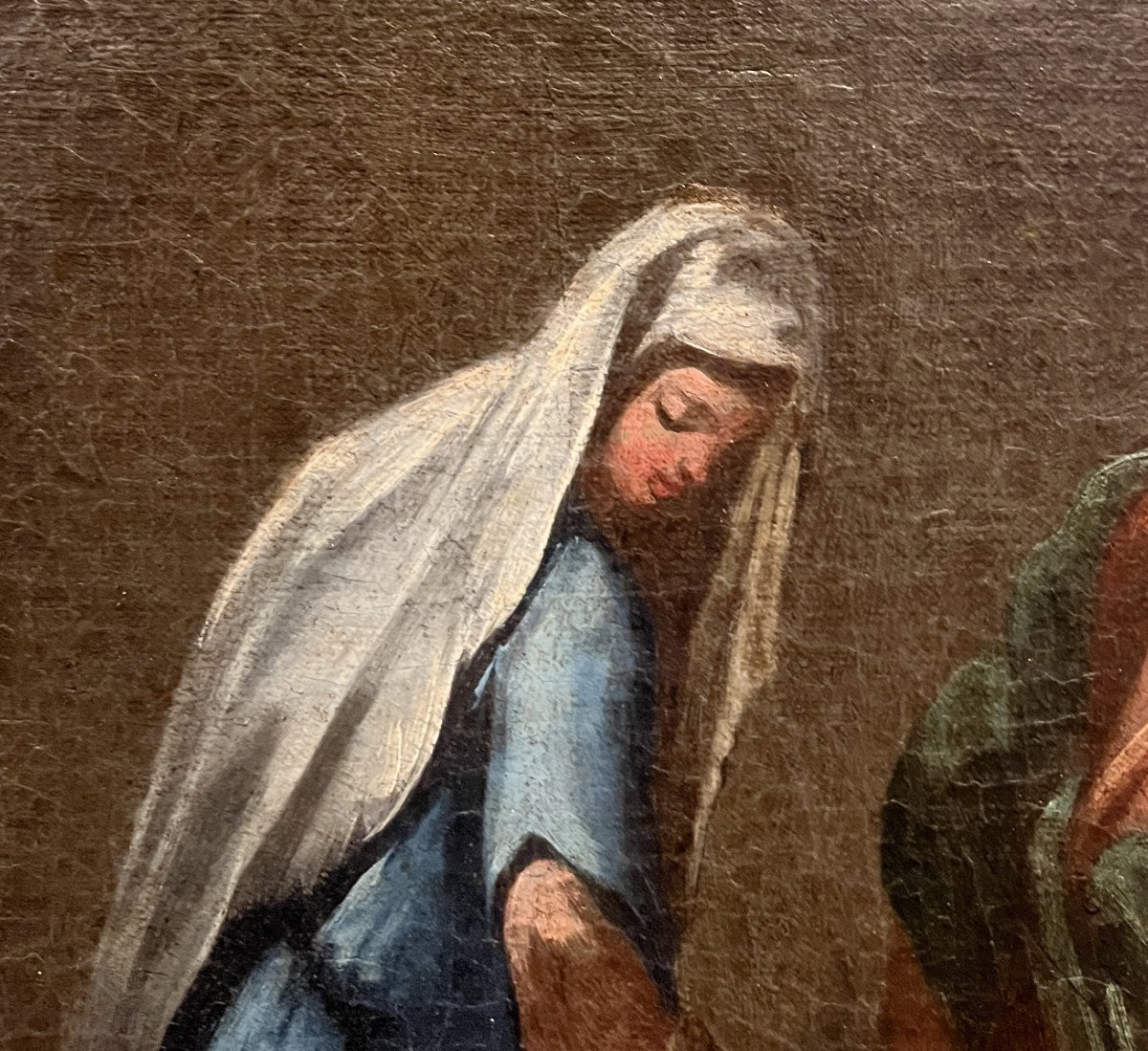
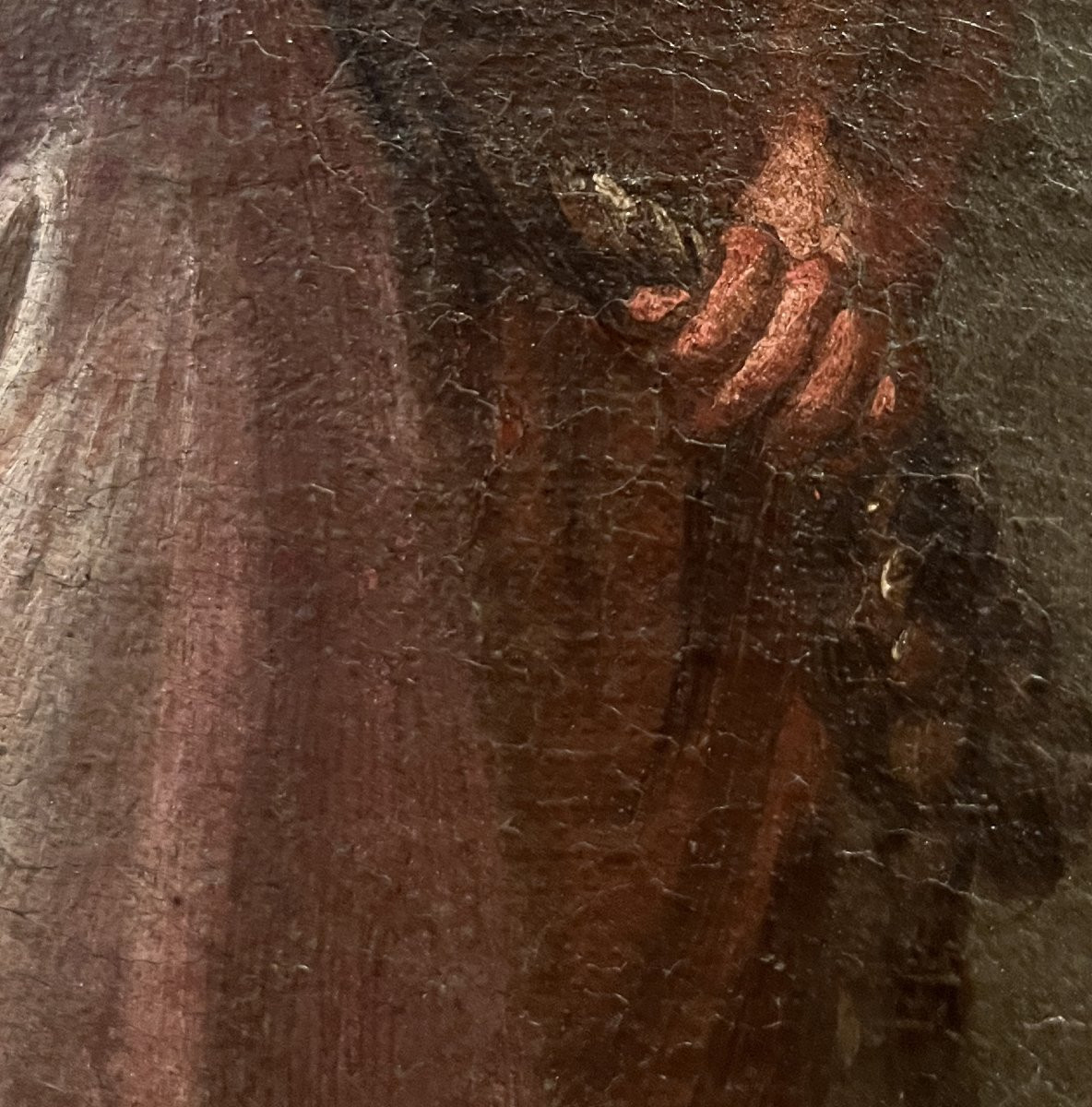














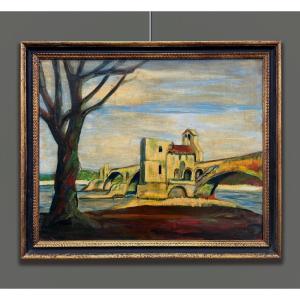


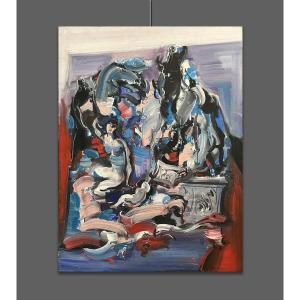

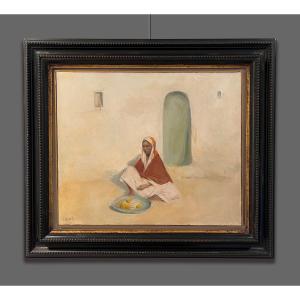


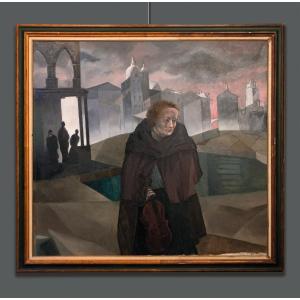
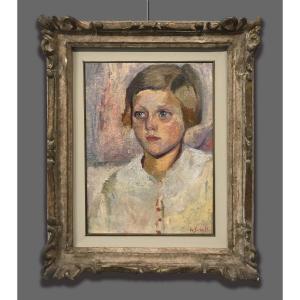






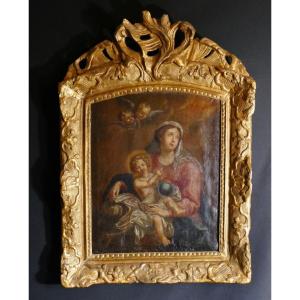
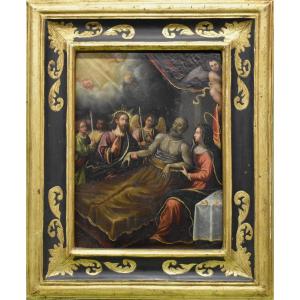




 Le Magazine de PROANTIC
Le Magazine de PROANTIC TRÉSORS Magazine
TRÉSORS Magazine Rivista Artiquariato
Rivista Artiquariato